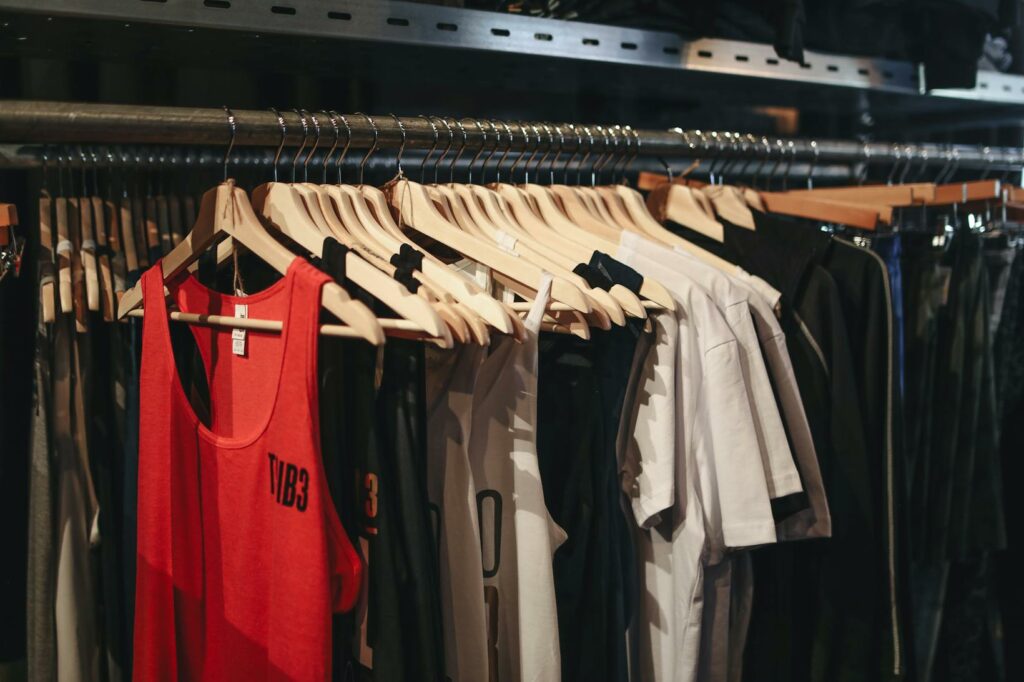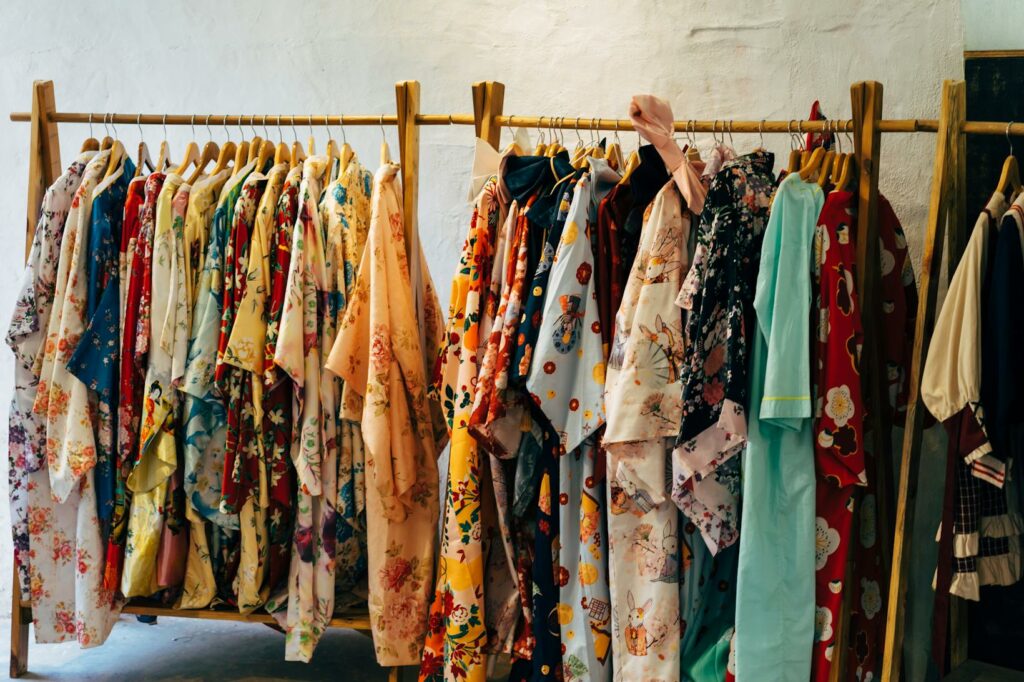In the fast-paced world of fashion, sustainability has become a key focus for brands looking to reduce their environmental impact. From innovative materials to ethical production practices, the fashion industry is witnessing a shift towards more eco-friendly and socially responsible approaches. In this article, we’ll explore some inspiring examples of sustainable fashion that are leading the way towards a greener future.
 By highlighting brands that prioritize sustainability, consumers can make informed choices that align with their values. From upcycled clothing lines to zero-waste initiatives, these examples showcase the creativity and commitment of designers and companies striving to make a difference in the fashion world.
By highlighting brands that prioritize sustainability, consumers can make informed choices that align with their values. From upcycled clothing lines to zero-waste initiatives, these examples showcase the creativity and commitment of designers and companies striving to make a difference in the fashion world.
Join us as we delve into the world of sustainable fashion and discover how style and sustainability can go hand in hand.
Sustainable Fashion Examples
Sustainability in fashion involves environmentally friendly practices that focus on reducing waste and promoting ethical production methods. Several brands have embraced this concept by implementing innovative strategies and materials in their designs. By exploring sustainable fashion examples, consumers can witness the positive impact of these initiatives and support brands that prioritize eco-consciousness.
The Concept of Sustainability in Fashion
Sustainability in fashion encompasses environmentally friendly practices, from sourcing materials to production and distribution. It involves reducing waste, energy consumption, and water usage, as well as promoting fair labor practices throughout the supply chain. By adopting sustainable practices, fashion brands contribute to a healthier planet and support ethical standards in the industry.
Key Players in the Sustainable Fashion Industry
Several key players in the sustainable fashion industry have set a precedent for eco-friendly practices. Brands like Patagonia, known for their outdoor clothing and gear, prioritize sustainability by using recycled materials and minimizing their environmental footprint. Another notable example is Stella McCartney, a luxury fashion label committed to cruelty-free and sustainable fashion, showcasing that high-end fashion can be both ethical and stylish. These brands inspire others in the industry to follow suit and promote sustainability in fashion.
Benefits of Sustainable Fashion
When considering sustainable fashion practices, the benefits extend beyond just fashion and into broader environmental and social impacts. Here are the key advantages associated with embracing sustainable fashion.
Environmental Impacts
 Sustainable fashion significantly reduces the carbon footprint of the industry by promoting eco-friendly materials and production processes. For example, utilizing organic cotton instead of conventional cotton can save around 2,100 liters of water per t-shirt produced.
Sustainable fashion significantly reduces the carbon footprint of the industry by promoting eco-friendly materials and production processes. For example, utilizing organic cotton instead of conventional cotton can save around 2,100 liters of water per t-shirt produced.
By adopting sustainable practices, fashion brands can help preserve natural resources and mitigate pollution caused by the traditional fashion industry.
Social Benefits
In addition to environmental considerations, sustainable fashion also prioritizes fair labor practices and ethical treatment of workers. By upholding stringent labor standards, such as safe working conditions and fair wages, sustainable fashion brands contribute to the well-being of garment workers and local communities. Supporting sustainable fashion ensures that workers are treated ethically and have access to safe working environments, promoting a more equitable and just fashion industry.
Challenges Facing Sustainable Fashion
Sustainable fashion faces several challenges that impact its widespread adoption and scalability. These challenges encompass various aspects, from cost factors to consumer awareness and demand.
Cost Factors
 The primary challenge in sustainable fashion is often associated with higher production costs. Implementing eco-friendly practices, using organic materials, and ensuring fair wages for workers can increase the manufacturing expenses.
The primary challenge in sustainable fashion is often associated with higher production costs. Implementing eco-friendly practices, using organic materials, and ensuring fair wages for workers can increase the manufacturing expenses.
Additionally, sustainable fashion brands may face challenges in sourcing sustainable materials at competitive prices, further affecting the overall cost of production. Balancing the need for sustainability with cost-effectiveness remains a significant hurdle for many fashion companies.
Consumer Awareness and Demand
Another key challenge is the level of consumer awareness and demand for sustainable fashion. While there is a growing interest in eco-friendly and ethical clothing, many consumers still prioritize affordability and trends over sustainability. Educating consumers about the impact of their fashion choices on the environment and society is crucial for increasing demand for sustainable products.
Moreover, bridging the gap between consumer awareness and actual purchasing behavior poses a challenge for brands striving to make sustainability a mainstream trend in the fashion industry.



